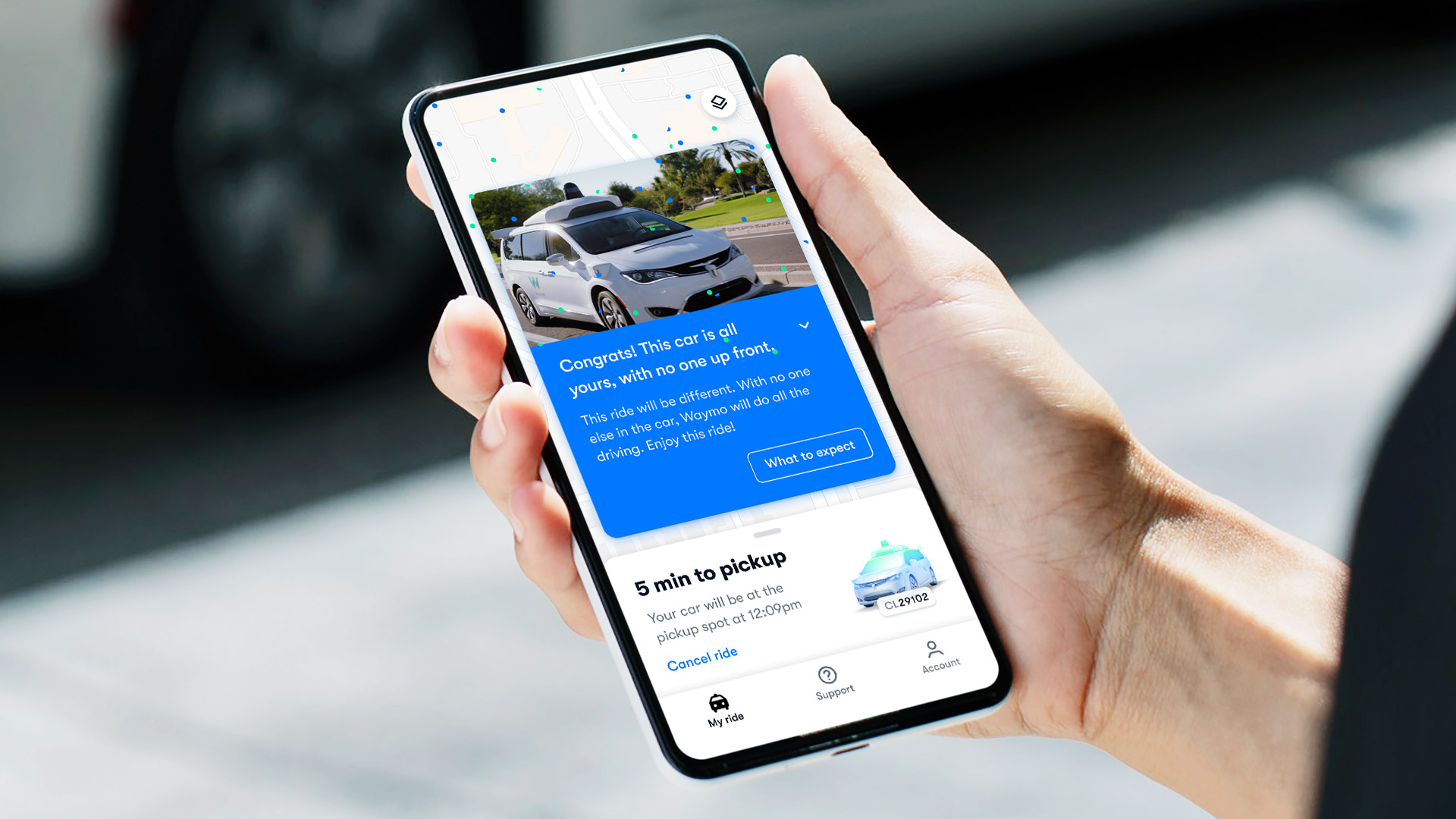Pakistan has banned popular short video app TikTok in the nation, citing circulation of videos that it deemed “immoral and indecent.”
The move comes months after the South Asian country raised serious concerns about the nature of some videos on ByteDance’s app and the impact they posed on society.
Pakistan Telecommunication Authority, the country’s telecommunication authority, said in a statement Friday evening that despite the warnings and months-long time, TikTok “failed to comply with the instructions, therefore, directions were issued for blocking of TikTok application in the country.” The authority had received a “number of complaints from different segments of the society” over the videos, it said.
Some individuals in Pakistan, a nation with about 75 million internet users, told TechCrunch that the TikTok app and its website were already inaccessible to them.
“TikTok has been informed that the authority is open for engagement and will review its decision subject to a satisfactory mechanism by TikTok to moderate unlawful content,” said Pakistan Telecommunication Authority in a statement.
The move from Pakistan comes months after its neighboring nation, India, banned TikTok, Bigo and 57 other apps developed by Chinese firms over cybersecurity concerns. Prior to the ban, TikTok identified India — where it had amassed over 200 million monthly active users — as its biggest market outside of China. Like in India, TikTok is also immensely popular in Pakistan, said Danish Khalid, an executive at Bykea, a Karachi-headquartered ride-hailing startup.
And then there is the U.S., the biggest market by revenue for TikTok, where also the app’s future remains uncertain.
Read Full Article




